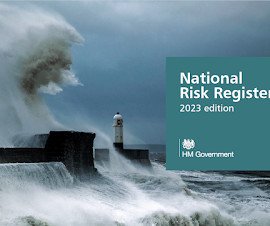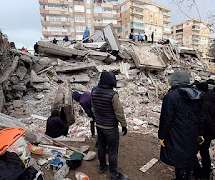Resilience is an illusion
Emergency Planning
MAY 14, 2024
Secondly, and more importantly, vulnerability, risk, impact and their controlling factors are all trending. I recommend going back to vulnerability and endeavouring to identify, understand and reduce it. Natural Hazards and Earth System Sciences 13(11): 2707-2716. What can we do instead? References Alexander, D.E.














Let's personalize your content